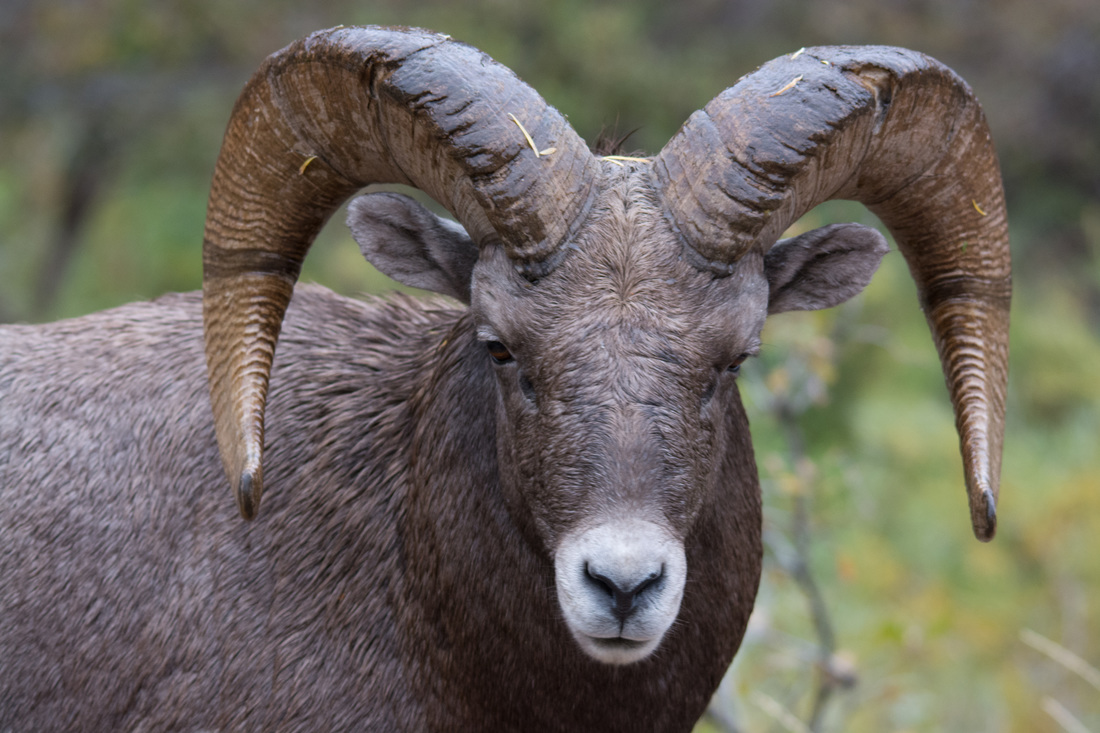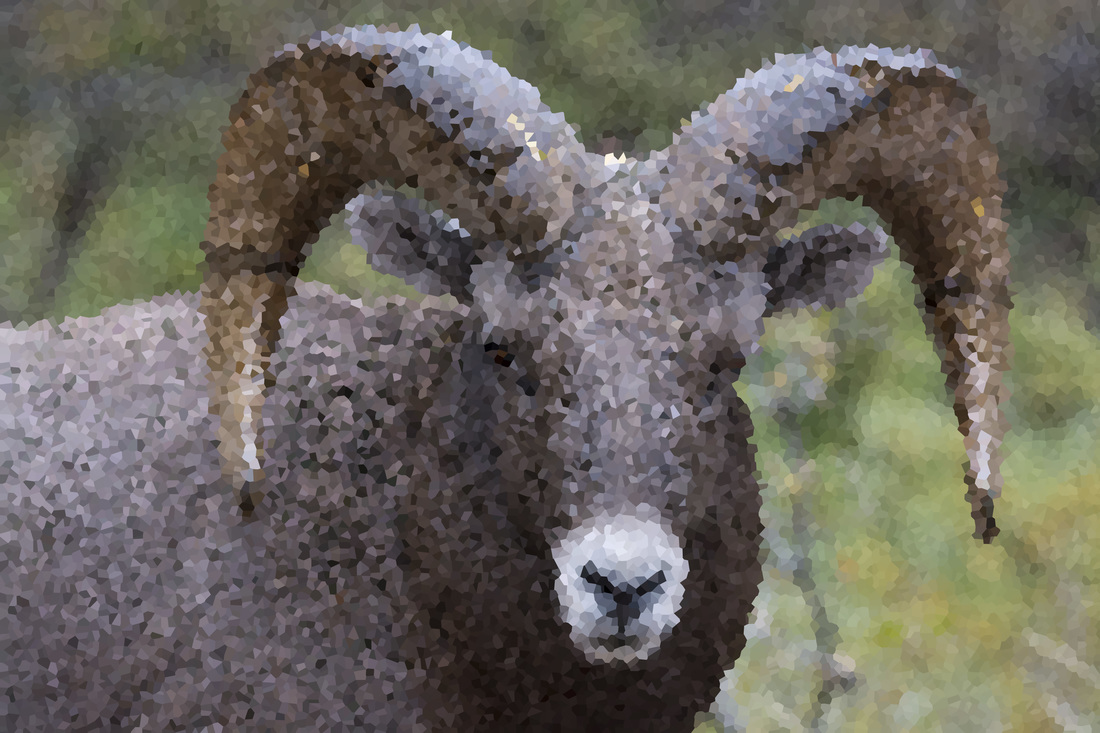|
I see a trend in photography: more photographers seem be making their money as what I'll broadly call "Photographic Tour Guides." Some of them lead photographic safaris in Africa, and many others lead trips to other exotic locations through the world, such as Iceland, South America, the Arctic and Antarctic, and Alaska. Since it can be challenging to make a living snapping the shutter, I fully understand why leading tours is an attractive business model.
I find some things troubling about the tour guide business. The first is that the tours tend to be priced beyond the budget of most enthusiast photographers. For example, an African photography safari can easily cost US$10,000 to $12,000 for the safari alone. And that doesn't include the cost of airfare to the safari site. A second issue that I have with this business is that they tend to turn local residents into attractions. I often see images from photo tours that include shots of indigenous peoples performing for tour groups. While going to see locals perform, and supporting the local economy is admirable, I find it a little demeaning to see local folks paraded around in traditional attire as exhibits. And, with guided tours, the participants lose the spirit of exploration that comes with travel. While I enjoy bus tours of other countries, my favorite part of those tours is the unstructured time to explore and go off-leash into a town to really experience the culture. As an example, when I was just out of high school, a very long time ago, I went on a bus tour of a few European countries. My sense of exploration compelled me, as an 18 year old, to drag some of my tour companions through the Paris Metro subway to the Louvre and Paris shopping districts, even though don't speak any French. If our trip hadn't included some unstructured time, I'd never have gotten that opportunity. Another issue for me is that tours make it seem like the only way to get good images is to go on trips and see exotic locations. I believe that we can make good images where we live. Rather than going on expensive trips, I prefer to find good images locally. I do most of my photography within 100 miles of my house, and only sometimes do I even venture into another state. Granted, I'm fortunate enough to live in Colorado, where there are abundant wildlife refuges and state parks to find good subjects, But we can all find local gardens, events, parks, and other places to create great images. Go out and explore. You can find a lot of fun images to make by guiding yourself in the wilderness that surrounds you.
0 Comments
In my last blog post, I wrote about the benefits of generalizing as a photographer. I later realized that the skills we develop as photographers can also transfer nicely into the rest of our lives. Anyone who updates their resume knows that transferable skills can make the difference between career stagnation and advancement. So, when working our photography, we also work on skills that help us in our lives and our careers.
For example, when we photograph a wedding, we begin by communicating with the bride. I don’t intend to exclude the groom here, but, let’s face it, the bride usually hires the photographer. So, in planning the wedding shoot, we need to communicate with the bride to find out the basics of the day, such as where and when the ceremony will occur. But, we also need to talk about the important shots that we can’t miss, and about the style of the shots. During a recent wedding, the venue staff demonstrated great communication by telling me when certain activities would happen, such as the cutting of the cake so that I could make sure that I got photos of the cake prior to cutting, and find the right angle to shoot the ceremonial cutting of the cake. In communicating to the bride and her guests, we learn how to communicate with anyone. Working as an event or portrait photographer also helps us develop our managerial skills. During a wedding or a portrait session, we often direct our subjects in how, and where, to pose. Especially during a wedding, we use our managerial skills to wrangle small and large groups so that we can get a shot where everyone is smiling and not hidden behind another person. Photography has always involved technology. From the start of photography until the early part of the 21st century, mechanical devices and chemistry constituted the technologies of the art. When digital photography became the dominant medium, electromechanical devices and software became the technologies of choice. So, as photographers, we keep our technological skills sharp by learning about the newest devices, and, more importantly, about the newest software technology. In doing so, we also hone our learning abilities. And, finally, by looking at the world through the world through photographers’ eyes, we learn to see everything from a couple different perspectives: the practical and the artistic. When we see a building, we see the practical structure that everyone else sees, and we see the piece of art it can become from certain angles. When we see a flower, we see the beauty that anyone would see, but we also know how to isolate it in our minds, just like we isolate it in the frame, to make it more beautiful by mentally cropping out the distracting and unattractive elements around it. So, never let anyone say photography is just a hobby. We are all bettering ourselves by learning to communicate, manage, develop our technological skills, and to see the world through different perspectives. Professional photographers often advise us to specialize in one type of photography. The logic they use revolves around mastery; if you don’t specialize, you won’t master any type of image-making, and therefore won’t ever become the best, or one of the best, in that field. I would beg to differ. Generalization will do more for our photography than specialization.
If we generalize, we learn skills in one type of photography that transfer to another. For example, I did mostly natural light photography for many years, never really mastering flash photography. My occasional portrait sessions suffered for my lack of flash skill. Then, when out in a small Colorado town capturing a large, one-room museum with a group of photographer friends, I mentioned my difficulty in filling the room with my flash to a wiser photographer. Voila, in a few minutes, my friend taught me the correct settings to get really good flash results. In the couple years since then, I’ve used those settings successfully for portraits and weddings. Another case in transferable skills came through non-photographer friends. A married couple who I’ve known for many years (several decades, actually) belong to the local Porsche club. They participate in the club’s track days several times a year at a private course in out in the rural plains east of Denver. More experienced club members teach less experienced members racing skills. My friends have invited me out to the track days to photograph the cars in motion. From these sessions, I’ve improved my panning skills, enabling me get the cars in sharp focus while blurring the background. Since the more experienced drivers often exceed 100 MPH, I’ve learned to anticipate the motion of the cars, and follow them with my lens before snapping any shots. Learning this skill in a controlled, yet challenging, environment provides me with the skills to do sports and wildlife photography better. What better way to capture a sprinter in a race, or an eagle in flight, than to know how to pan while anticipating the motion of the subject? I also enjoy taking photos of vintage cars, such as a ’67 Mustang that a friend was customizing. We picked the exterior of an abandoned factory as a backdrop. At the time of the photo session, the car was in a transitional state, with some of the custom body work done, and a lot of primered sections, and some bare metal. The rough exterior of the factory worked well with the rough state of the car. The skills I used to capture the car corresponded to the skills I use for flower photography. How? First, I needed to understand the angles at which the subject looked its best. Second, I needed to understand the importance of the background to the success of the image. Third, I used HDR for the car images, which I often use for flowers; HDR photography with flowers is actually more challenging than cars, since the slightest breeze will move a flower significantly, and requires a great deal of patience to wait for that perfectly still moment or two when several exposures can be made. By comparison, car photography is simple, and I can do it quickly and easily because I’ve learned the technique on a harder subject. So, generalizing in photography will make us better photographers when we happen on a specialized situation that we’ve never encountered before. We commonly think of creativity as something inspired or magical; creative people just get ideas, and act on them. Another way – I think the correct way – to think about creativity is as something that we develop through work. Most creative folks actually spend years developing their skills, and then get ideas based on what they’ve learned.
A simple example would be a potter. It takes time to learn how to work with the clay to get it to the right consistency for a ceramic piece, and time to learn how to work with the potter’s wheel. Then there’s the glazing and firing. A potter must master these skills first; then she can work towards creativity. With the basic mastered, new possibilities in ceramics might reveal themselves. Even novelists must master their craft before becoming successful. My favorite novelist when I was young, Kurt Vonnegut, spent years in other professions while working to become a full-time novelist, doing publicity for GE, writing advertising copy, teaching school, and even selling Saabs. All that time, he wrote novels and short stories, honing his craft through the 1950s. By the late ‘60s, he found success, but that success came more than a decade into his writing career. He drew much of his creativity, even for his science fiction based novels, from his life experience, both in the army, and in his corporate career. As photographers, we must also do work before we can become creative. We need to master the basics of photography: ISO, shutter speed, aperture, composition. Then, we need to work on the more advanced skills and techniques: Photoshop, Lightroom, HDR, multiple exposures, and even the basic computer skills like file organization. Then, we can truly understand how to combine – to synthesize – that knowledge into new images. And, we need to understand our own sense of beauty; in order to make a beautiful or compelling image, we need to know what we find beautiful or compelling, and then develop an individual way of translating that into an image. I’ve worked with photographers who find patterns visually compelling, so they translate those patterns into compelling photos. I’m drawn to color, and to well-isolated subjects, so those become the basis for my photos. Creativity is not a trait inherent in certain people. It’s something we all can develop, with work and time. In short, creativity is a job. In a world where almost any subject has been photographed thousands, maybe millions, of times, it’s easy to wonder what makes a good photograph or good photographer. Anyone with a smartphone can get lucky and snap an accidentally well-composed and well-timed shot. But, those of us who dedicate our free time, and spend a lot of money on gear, to consistently get good images can’t rely on those lucky shots. We need to be able to produce good shots on a consistent basis. And, if we’re fortunate enough to have a client paying us for our work, we owe those clients the good, and possibly great, shots. The path to getting good at our craft is not an easy path.
|
Curtis Johnson
Thoughts on photography Archives
July 2021
Categories |
Proudly powered by Weebly





 RSS Feed
RSS Feed